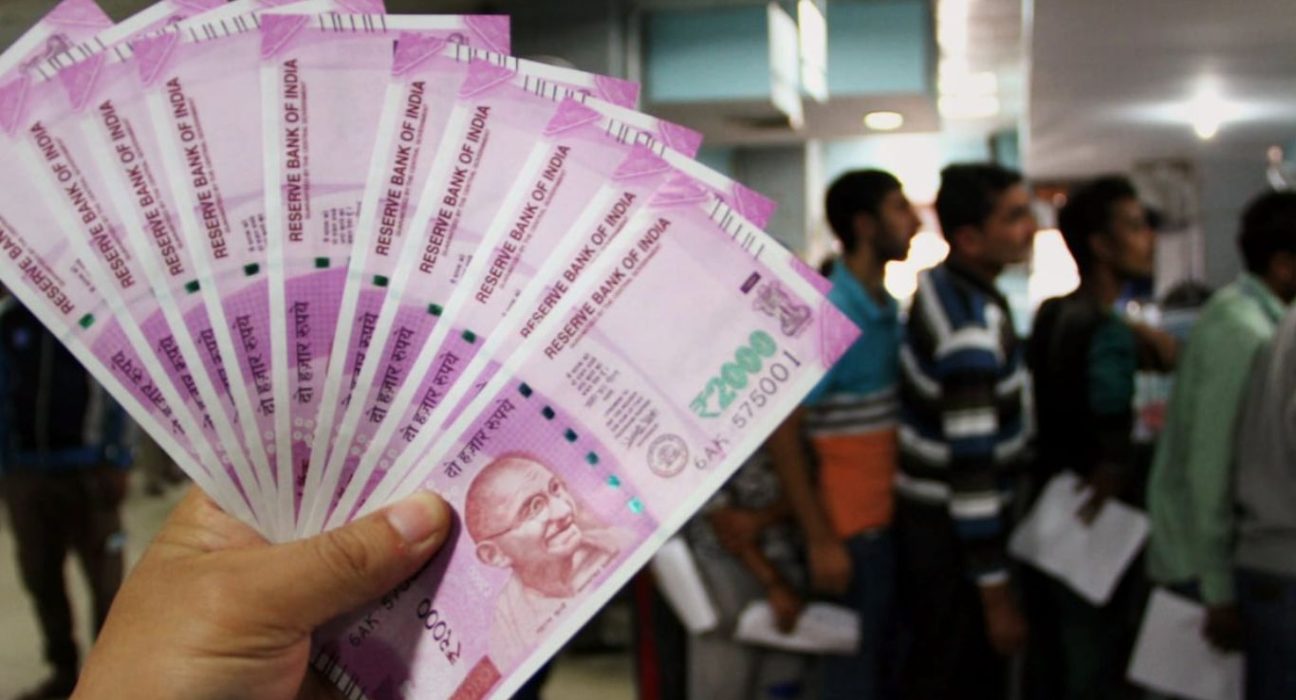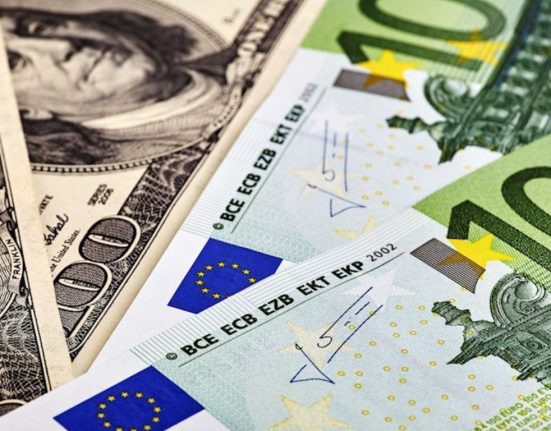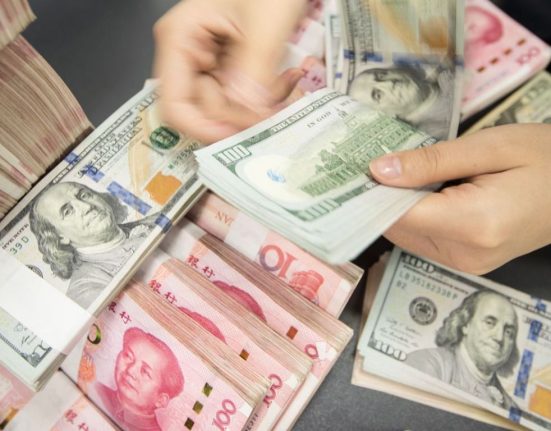Introduction
In November 2016, India underwent a historic currency note swap, which led to the introduction of Rs 2,000 notes among other denominations. Fast forward to August 31, and data reveals that these notes have come full circle, with 93% of them returning to circulation after a recall order from the banking regulator. This article delves into the intriguing journey of these high-value banknotes, their recall, and their impact on India’s monetary landscape.
The Recall of Rs 2,000 Notes
Recall Initiatives by the Banking Regulator
On May 19, the banking regulator made a significant decision to recall the Rs 2,000 notes, which were initially introduced as a part of post-demonetization efforts. This abrupt recall decision marked a pivotal moment in India’s currency history.
Receiving Back Rs 2,000 Notes
As of August 31, the total value of Rs 2,000 notes received back from circulation amounted to a staggering Rs 3.32 lakh crore. This figure, representing 93% of the bills in use as of May 19, provides crucial insights into the response of the Indian population to the recall.
Impact on Circulation
Deposits and Their Proportion
Data collected from major banks indicate that out of the total banknotes in Rs 2,000 denomination received back from circulation, about 87% is in the form of deposits. This suggests that a significant portion of the recalled notes found their way into bank accounts, contributing to the country’s banking system’s liquidity.
The Role of Digital Payments
One of the outcomes of the recall of Rs 2,000 notes has been a boost in digital payments. The transition to digital payment methods, including mobile wallets and online banking, gained momentum as a result of the reduced availability of high-denomination currency notes.
The Journey of Rs 2,000 Notes
Introduction Post-Demonetization
The introduction of Rs 2,000 notes in November 2016 was a part of the Indian government’s efforts to replace the old Rs 500 and Rs 1,000 notes that were demonetized. These high-denomination notes were intended to facilitate large transactions and ease the liquidity crunch during the demonetization period.
Swift Circulation
In the immediate aftermath of their introduction, the Rs 2,000 notes circulated rapidly, with people adapting to the new currency quickly. They became a common sight in daily transactions across the country.
The Recall Order
However, the honeymoon period for these notes was short-lived. The banking regulator’s recall order on May 19 took everyone by surprise, and the recall process commenced.
The Impact on Daily Life
The recall of Rs 2,000 notes had a significant impact on the daily lives of Indians. People had to adapt to a situation where these high-value notes were gradually phased out, and alternative payment methods gained prominence.
The Future of High-Denomination Notes
Government’s Perspective
From the government’s perspective, the recall of Rs 2,000 notes was aimed at curbing black money, tax evasion, and counterfeit currency. It was also seen as a move to encourage digital transactions and formalize the economy.
Public Response
The public’s response to the recall has been mixed. While some welcomed the move as a step towards a more transparent economy, others found it inconvenient, especially in rural areas with limited access to digital payment options.
Conclusion
In conclusion, the recall of Rs 2,000 notes in India has been a remarkable journey, with 93% of these notes returning to circulation by August 31. This transition has not only reshaped the currency landscape but also encouraged the adoption of digital payment methods. As India continues its journey towards a more formalized economy, the recall of high-denomination notes serves as a critical chapter in the nation’s financial evolution.










